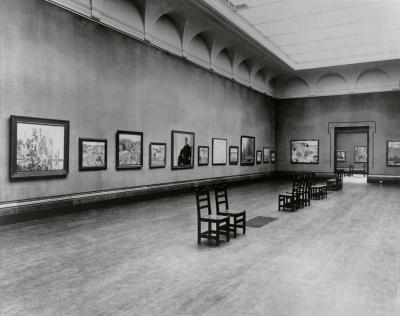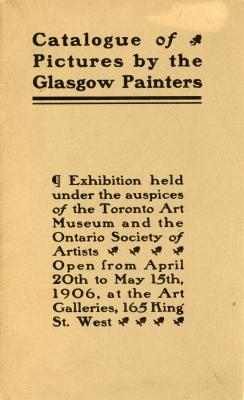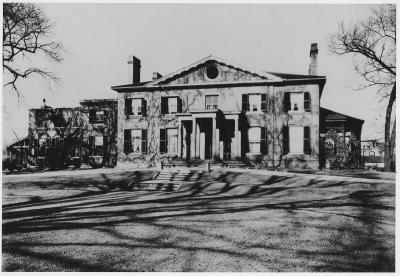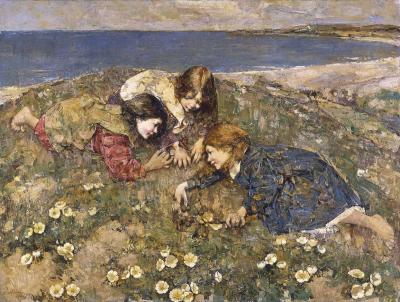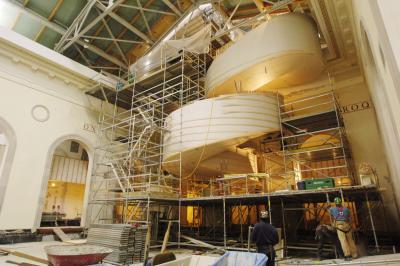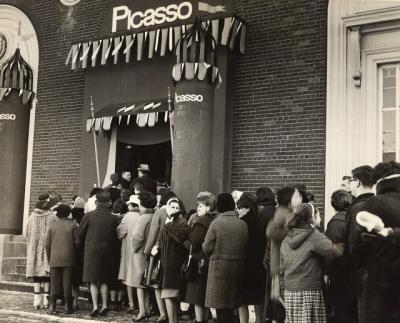
The Captive Butterfly
Scottish painter Edward Atkinson Hornel created the AGO’s first purchase of a painting in 1905
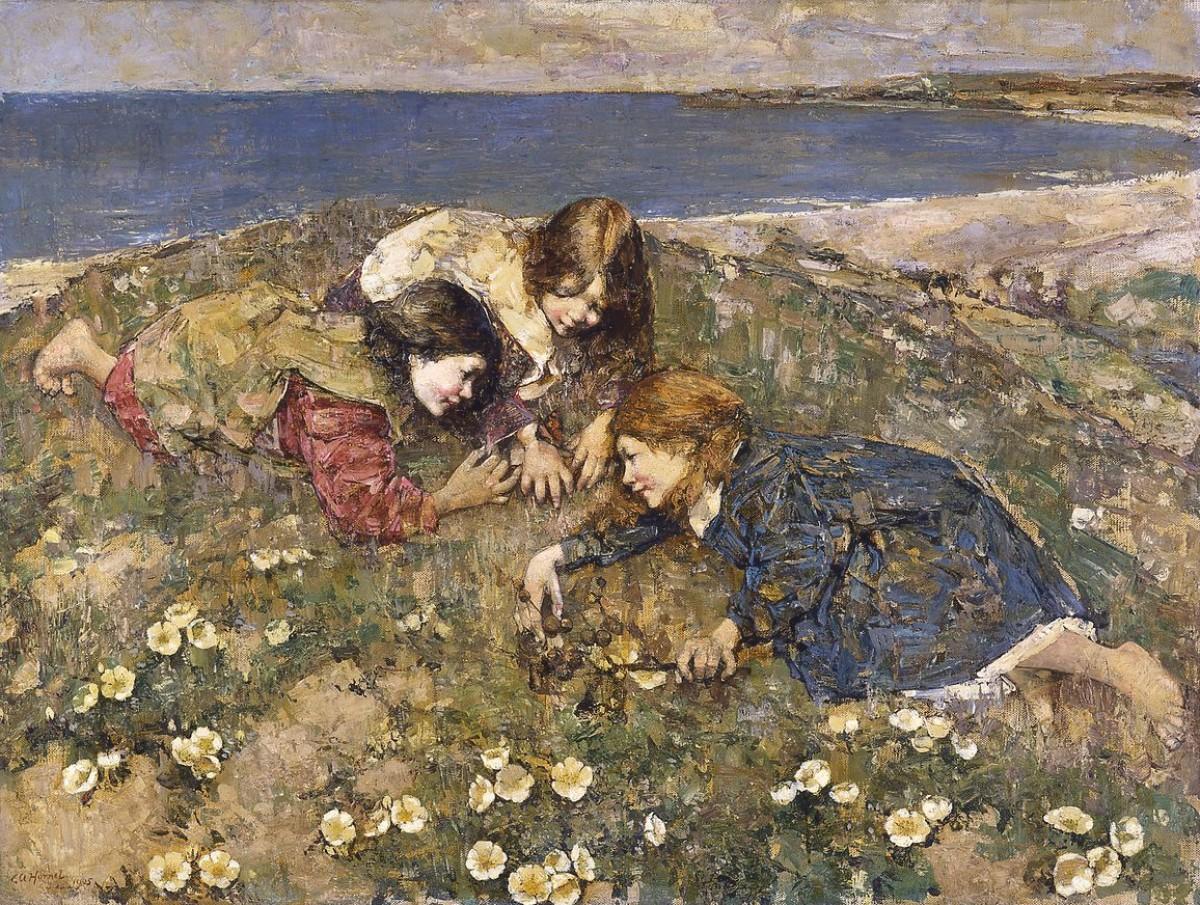
Edward Atkinson Hornel. The Captive Butterfly, 1905. oil on canvas, Overall: 76.2 x 102.2 cm. Art Gallery of Ontario. Gift by Subscription, 1906. Photo © AGO. 402
The AGO Collection is vast, consisting of over 120,000 artworks gathered over the span of 125 years. The Gallery’s quest for groundbreaking acquisitions began back in 1906 with the purchase of one painting: Edward Atkinson Hornel’s The Captive Butterfly (1905). In celebration of the 125th anniversary of the AGO, this inaugural purchase is on view now for the first time in years.
Located on Level 2 in the Bovey Gallery (gallery 225), The Captive Butterfly is a large oil painting depicting three young girls playing near a beach. Crouching atop a dune surrounded by greenery and wildflowers, the three playfully gesture towards a butterfly that sits on one of their hands. The background is Brighouse Bay in southeast Scotland, a setting the artist used frequently in representations of children at play. Painted in 1905, Hornel created this work by applying paint with a palette knife directly on the canvas, in addition to brushes.
Born in Australia to Scottish parents in 1864, Edward Atkinson Hornel’s family moved back to Scotland when he was two. He spent most of his childhood and teenage years there, studying art in Edinburgh. He continued his education in art under an apprenticeship with Belgian painter Charles Verlat in Antwerp. In 1885, Hornel met and began collaborating with painter George Henry and the two became members of the Scottish artists’ collective The Glasgow Boys. In the early 1890s, Hornel spent a year in Japan learning about decorative design and spacing, which had a profound influence on his work that would follow. His work was exhibited and published in books throughout Scotland for the rest of the 1890s. By the early 1900s, Hornel’s work became more refined and slightly more naturalistic. He created The Captive Butterfly in 1905.
So, how did a painting by a Scottish artist end up across the Atlantic and in the AGO Collection? In 1906, the newly incorporated Art Museum of Toronto (later named the Art Gallery of Ontario) held its first-ever exhibition, Pictures by Glasgow Painters, at the Ontario Society of Artists located at 165 King Street West in Toronto. Hornel’s The Captive Butterfly was included in this exhibition. Edmund M. Morris, a prominent Member of the Art Museum of Toronto’s Provisional Council was instrumental not only in bringing the exhibition to Toronto, but also in organizing the funds necessary to acquire the painting. Thanks to contributions from 31 private subscribers, the painting was purchased for $610 at the time, the equivalent to about $21, 877 today. Though the painting now falls within the AGO’s historical collection, its purchase within a year of its creation reminds us that all art is contemporary when it is made.
The Captive Butterfly (1905) is on view now on Level 2 of the AGO.
Foyer is highlighting foundational moments in the Gallery’s history that have helped make the AGO the institution it is today. Learn more about AGO history here on ago.ca/125.
